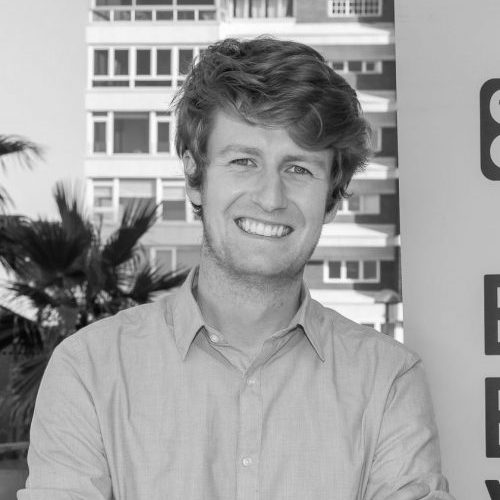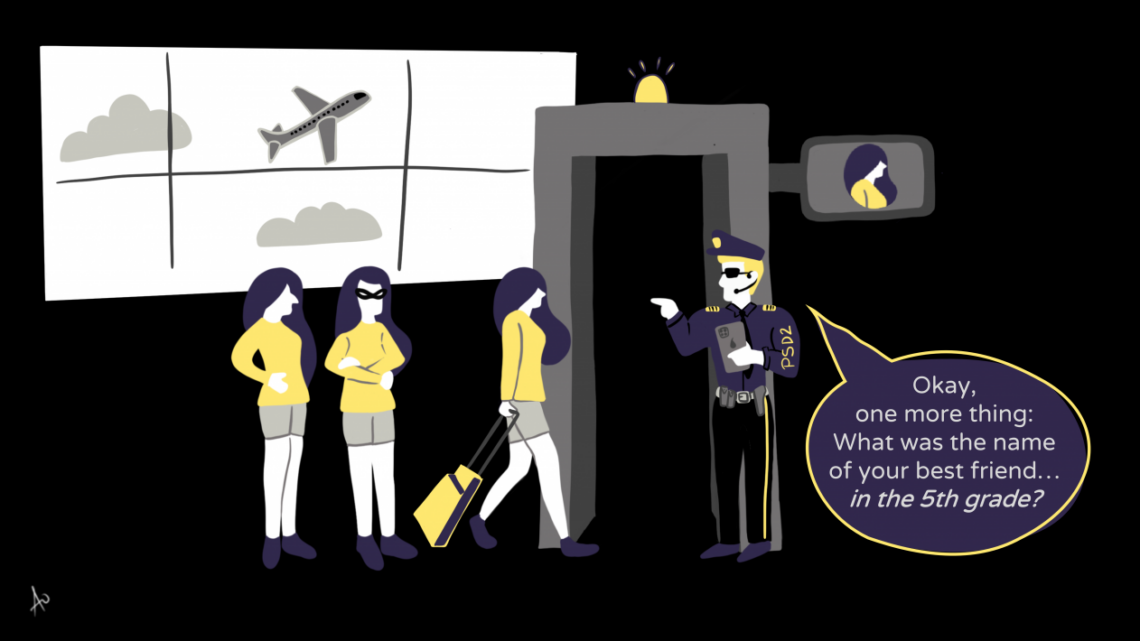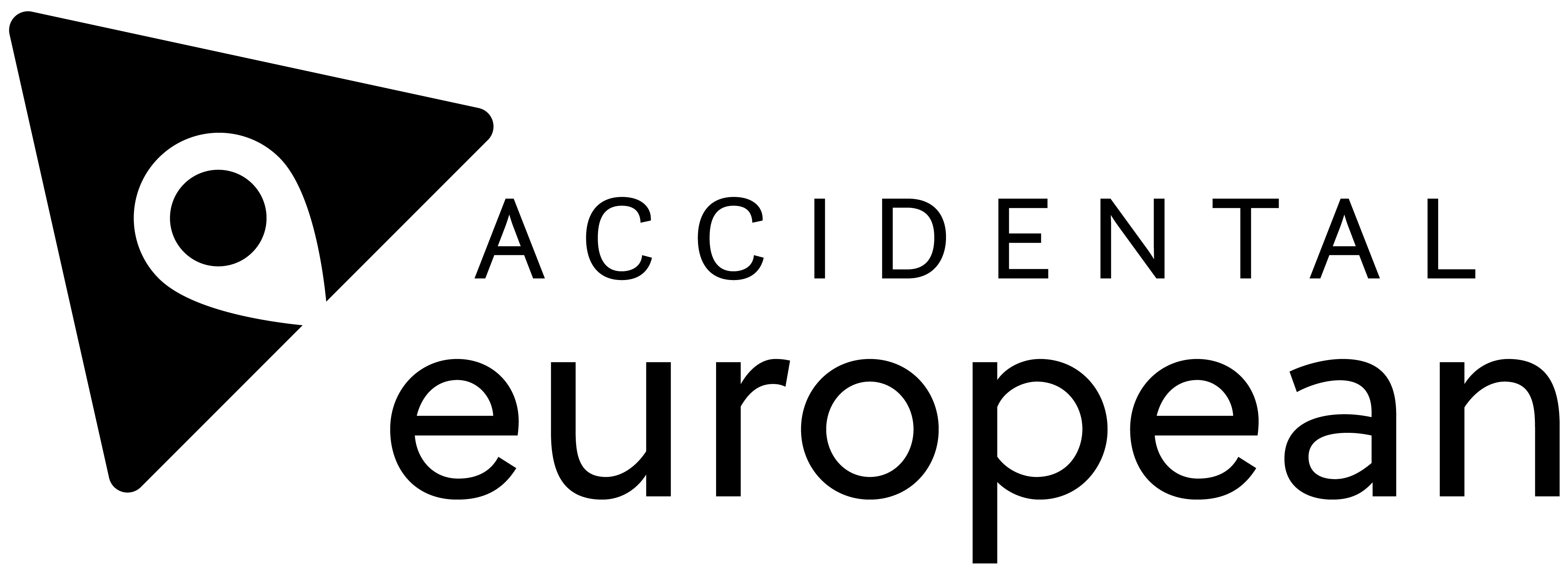COVID-19 begins to recede in Europe, for now at least. The recovery begins. It will be a long way back. There are more than 130,00 deaths across the EU attributed to the coronavirus. Some 30 million workers in the EU (a quarter of the workforce) were on government funded job retention schemes. The EU alone is proposing a support package of 750bn€ to address the economic fall-out.
On top of the economic damage, there is an ongoing political debate in Europe about the way out, including the inevitable arguments about debt and austerity, and this is mirrored across the world.
Against this background of chaos, however, there is one relatively stable element in the debate – for now at least. That is the broad consensus that whatever form the EU’s recovery takes, it should ideally follow the intention set out in the European Green Deal (EDG). That deal, which was central to the European Commission, led by Ursula von der Leyen, was meant to be the EU’s growth strategy before COVID-19 struck.
We are far from coming out of the health crisis, and the politics may yet derail a recovery that is truly green. But it’s worth exploring the origins and nature of the EGD, to see if it is strong enough a concept to lead the EU back on the path to recovery, and a carbon-free future.
Two crises seeking a solution
The EGD emerged in the middle of 2019. It was a busy year for the EU.
The EU’s fracture lines remained strong. The east was still poorer than the west, with some countries drifting from the liberal democracy model; eastern member states were often the most reliant on coal, and slow to close their mines without adequate compensation; the south was still recovering from the eurozone crisis, with slow growth and high debt; many in the north remained “frugal” in their approach to future spending and mutual debt.
Politically, the UK was stumbling towards the EU’s out-door. A new European Parliament was elected in May 2019, with one wing greener, and the other more populist. The new Commission was due to take office in the autumn. However, the Spitzenkandidaten system, designed to elect the leader of the incoming Commission, didn’t deliver, because of the unpopularity of the lead candidate. The compromise candidate was the centre right German politician and Defence Minister, Ursula von der Leyen. When she was proposed in July, she faced a more hostile parliament, and a credibility gap in terms of her nomination as Commission President-elect.
Meanwhile, the EU was moving towards making carbon neutrality by 2050 the central goal of its economic policy. In November 2018 the Commission had called for a climate neutral Europe by 2050. Throughout 2018 and 2019, the impacts of climate change were becoming front page news, thanks to continuing catastrophic events in Australia and elsewhere, alongside the campaigning impact of Fridays for Future’s school strikes.
The EU wasn’t alone in facing a climate crisis that was fast becoming more alarming as the science developed. Nor was it alone in coping with the ongoing impact of the Great Recession, which was proving a lot tougher to escape from than had been hoped in the early years after 2008. The need to find a way to address weak growth, and growing concerns about income and wealth inequality was running in parallel with the need to decarbonise the economy.
The two came together in the US, in the notion of a Green New Deal. This idea predates the Great Recession, and had been canvassed in many countries in the last decade. However, the concept came to greater prominence after the US midterm elections in 2018. It was most closely associated with Rep Ocasio-Cortez (D NY). In the US context, the term creates an immediate resonance with the Roosevelt New Deal of the 1930s. (There isn’t a similar resonance in Europe, which tends to look more to the post-war Marshall Plan as its iconic growth strategy.)
The year of European Green Deal-making
A European leader needing a guiding principle, faced with a European Union needing to heal fracture and to achieve net zero: it may have been an easy choice for Ursula von der Leyen to put the notion of a European Green Deal at the top of her political priorities for her Commission. When she set out those priorities, she summed her goal up in one sentence:
“Europe must lead the transition to a healthy planet and a new digital world. But it can only do so by bringing people together and upgrading our unique social market economy to fit today’s new ambitions.”
This puts the EGD in a very clear frame: it’s about the planet; it’s in lock-step with the digital transformation; it has to be relevant to social cohesion and the unique social and economic context of the EU.
By the time the deal is formally announced in December of 2019, it has a much clearer shape, and claims to launch “a new growth strategy for the EU.” It incorporates a Climate Law; strategies for industry and farming; a circular economy action plan; a Just Transmission Mechanism to ensure fairness as the economy moves to net zero, particularly for those coal-dependent eastern countries; and a biodiversity strategy. These are among a list of some 47 items on the accompanying roadmap.
President von der Leyen describes it as Europe’s “man on the moon moment.” There was substantial praise for its ambition, matched with questions on whether or not it could be turned into reality. The positive momentum was aided by the coincidence of the European Central Bank announcing their plan for a new strategy review, which— a first for the ECB— would include the banks response to the climate crisis. However it was also a coincidence that EU member states held up the adoption of the EU taxonomy for sustainable activities, in a dispute over the status of nuclear in the taxonomy. That was also the day that Greta Thunberg, speaking at COP25 in Madrid, said “The real danger is when politicians and CEOs are making it look like real action is happening …”
While the response from the climate and environment communities was broadly welcoming, even if there was a stress on the need for concrete action to follow, others took a different angle. In a long-read on the day the EGD was published, the FT’s Alan Beattie reviewed those voices in countries such as Brazil and Malaysia that saw the whole European approach as old-style protectionism in new fancy green clothes. Others saw this as massive state intervention, which might be needed, but which would bring huge risks to the market economy. Andreas Kluth, writing in Bloomberg, pointed to the necessity of action to deal with climate. However, he worried that the massive state interventions, if not very carefully designed, would risk prosperity. There was clearly a long path ahead, both to achieve net zero, and to bring everyone on board.
Just when we thought we were on our way …
The path to net zero, and to a better economy and environment for everyone, was not to be a smooth one.
Looking at it again as I write (May 2020) the timeline for the EGD action plan is almost poignant. On Feb 14, the Chinese Foreign Minister Wang Yi tells Reuters that the ambitious EU Green Deal is what the world needs. The CEO of Volkswagen, Herbert Diess, is calling on the Commission to be more courageous in its Green Deal. And the first death from COVID-19 in Europe is recorded in France. On 11 March, the day that a key element of the EGD, the Circular Economy Action Plan, was launched, the World Health Organisation is declaring that COVID-19 is a pandemic. That was the day after Italy entered total lockdown. Within a week France, Spain and Belgium will follow Italy into lockdown. The European Institutions are closing their offices and moving to virtual operation. The world is in the grip of a health crisis, and a looming economic one.
This has been a whole new type of economic crisis. The economic disruption began by disruptions to supply chains, particularly from China, but rapidly spread to the whole of the global economy as countries willingly shut down their economies to reduce the spread of the virus. Huge resources have been put into maintaining the economy on life support, including payments to furloughed workers and credit lines to firms and to countries. And governments and international institutions have been working hard to prepare for the recovery.
Can we find our way back to the green lane?
Rhetoric in Europe was quick to endorse the idea of a green recovery. It got support from the other side of the world, as the new government in South Korea was elected on a manifesto committed to a South Korean Green New Deal. However, the rhetoric didn’t immediately match reality. Within the EU, the normally strict rules regarding the ability of countries to support individual firms were relaxed. That led to government bailouts for firms that make a high contribution to greenhouse gases, without any conditionality that might have brought them in line with those very government’s commitments to net zero. This was a typical feature of public rescue packages worldwide, which also showed a willingness to slow or roll back environmental policy. In mid-March some governments, notably Poland and the Czech Republic even called on the EU to abandon the EGD (although the Czechs did row back in mid-May). Nevertheless the Commission made it clear that the EGD was essential for the longer term, when it published a consultation on the detail at the end of March.
“While all the Commission’s immediate political focus is on the task of combating the coronavirus, we are continuing our preparatory work on long-term policy priorities including the European Green Deal.”
But for many, the EGD wasn’t just a long-term priority, it could even be the cornerstone of the recovery. It was, after all, explicitly a growth strategy. And while some of the parameters had changed, the broad direction for the economy was surely still the same. A recovery that didn’t address climate change was a recovery to nowhere. This was expressed very powerfully by Frans Timmermans in remarks to the European Parliament’s environment committee in late April.
“… it is the firm belief of the European Commission that the European Green Deal is not just a way to confront the climate crisis and the biodiversity crisis, but also a way to give Europe a growth strategy that is a winning strategy, not just for Europe itself but also globally.”
The EU’s recovery plan, was announced in late May. It sets aside 750bn€ for recovery, of which two thirds will be in the form of grants to the most affected member states, and the rest in loans that the Commission will be able to raise, and pay back over up to 30 years. It is a major addition to existing spending packages of the EU.
Although it is not a totally green recovery package, it has drawn very heavily on the EGD. The detail remains to be worked out, but the broad commitment to a green recovery, remain strong.
There is significant expenditure on net zero technologies, and a massive Renovation Wave to reduce energy usage in the EU building stock. These are all very encouraging from the point of view of addressing climate change. And the global nature of the EU recovery package, with its green deal heart, is also evident.
A key part of the recovery package is its planned funding instruments. One is a possible Border Carbon Adjustment, which was a key element in the EGD. This would penalise products entering the EU which have been produced in less climate friendly ways than their equivalent in the EU. It would drive the incentive to decarbonise to those other parts of the world selling to the EU.
There’s still a road to travel
We’re not in the brave new green future yet. The old challenges won’t go away. By some twist of fate, two of the earliest victims of COVID-19 were Italy and Spain— two countries badly affected by the eurozone crisis and still recovering, only slowly. That brought back to the surface the same tensions about debt within the EU that had threatened to derail the Union after the Eurozone crisis. The East of the bloc, although relatively less touched by the health crisis, remains keen to see a recovery that supports their development relative to the west of Europe, and compensates for any shift out of coal. Meanwhile the German Constitutional Court has challenged the ECB (and arguably the CJEU) on its debt purchase policy after the eurozone crisis – a challenge that would apply just as much to the ongoing ECB support for a recovery. And the path of Brexit remains tortured, even in the face of a global crisis, leaving a lot of doubt about whether the future UK-EU deal will include strong climate protection.
It’s too early to say whether the EGD will give the EU the additional sense of common purpose and direction that it needs to recover. It’s too early to see if it will remain the cornerstone of the recovery. And it remains to be seen how the rest of the world will respond.
In these uncertain times, who knows what the future will bring? But it is fair to say that a European Green Deal coalesced around the von der Leyen commission. It responded to the huge desire of Europeans for a better environment and safer climate. And it has survived, for now at least, a health and economic crisis that would have thrown aside many a weaker idea. This EGD has been a pretty tough customer so far. I, for one, think it could last the course, all the way to net zero.










